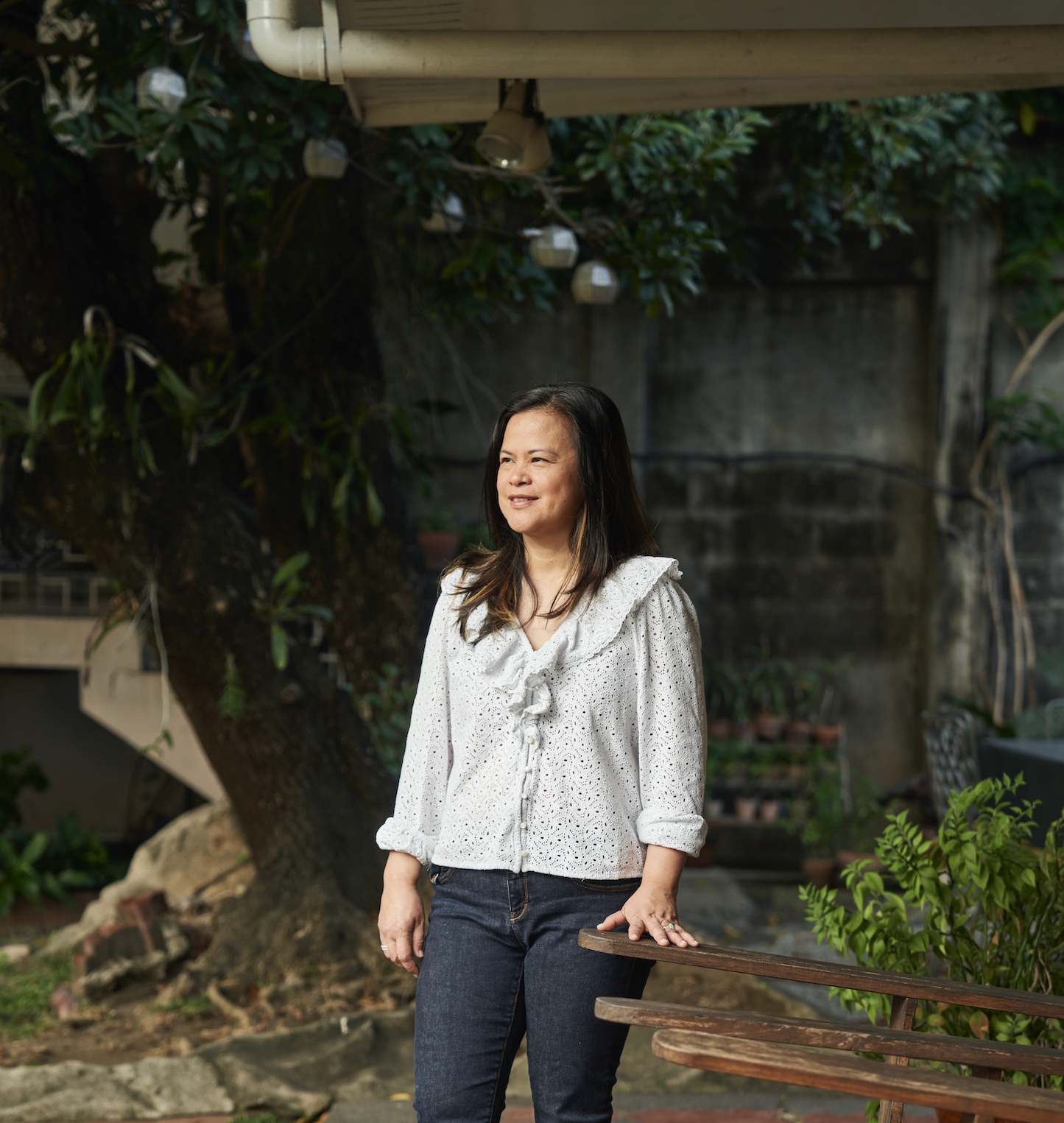The Dagupeña Restaurant, a bastion of traditional Filipino cooking, has withstood the test of time
For the past years, I have gone back to my hometown in Pangasinan, reliving my youth and rediscovering once more the food that nourished me. One such restaurant I constantly visit is Dagupeña Restaurant, a bastion of traditional Filipino cooking that has withstood the test of time. Recently, I also discovered, that in 2028, Dagupeña Restaurant will be turning a hundred years old.
I’ve known the family running Dagupeña since my grade school days. I grew up with their boys, now men and fathers like me. I have fond memories of playing with them after school and then having merienda in the restaurant kitchen: handmade empanadas plump with ground pork, raisins, carrots, and potatoes stewed in a rich sauce. I found out this stewed pork is called relleno, and is still served at the restaurant to this day, just like it was in 1928. Thankfully, the youngest sibling of the boys I played with, wrote a cookbook chronicling the restaurant’s history and well-loved recipes.
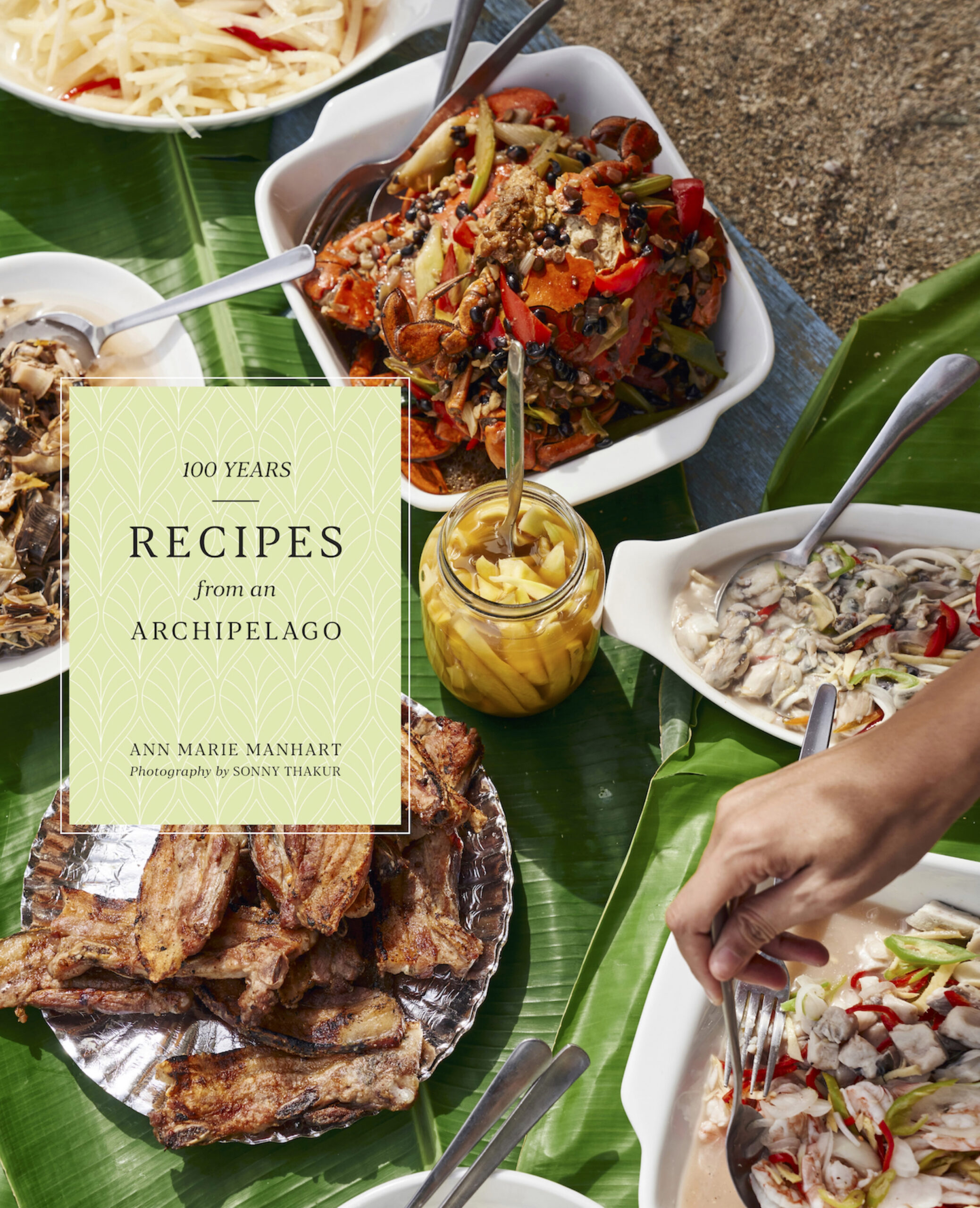
Ann Marie Manhart was born after her youngest brother turned twelve. I knew her as a baby and got to know her better as she was a young chef. After a degree in Organizational Communication at De La Salle University, she initially worked in a PR agency and then decided to formalize her culinary skills at the Culinary Institute of America in New York. She came back to the Philippines and worked in various fine dining restaurants while helping her mom come up with new Filipino recipes at Dagupeña. After a while, she juggled working at the Old Manila of the Peninsula Manila as a line cook, while teaching at the newly opened School of Hotel Restaurant and Institution Management of the College of St. Benilde. She stayed on for eight years while juggling different projects such as organic food catering and culinary training for various companies. She is also credited for coming up with the vacuum-packed bangus products of Dagupeña and ran the fish production operations for a while.
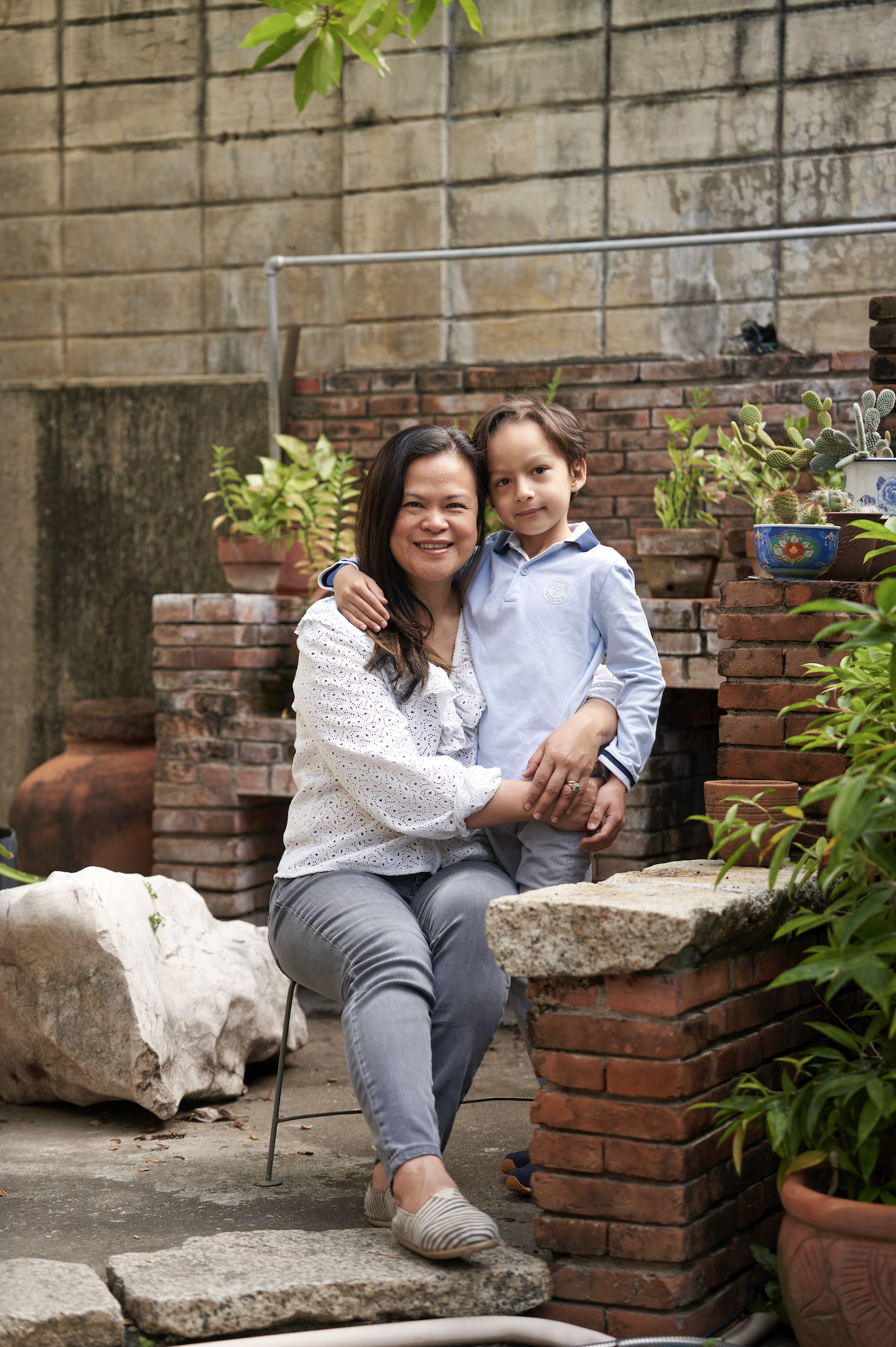
But life took unexpected turns and in 2010, she moved to Vienna to pursue an MSc in Environmental Technology and International Affairs, something she has always wanted to do. In so doing, she eventually married a local. She was swept off her feet by a dashing Austrian pilot and eventually made Vienna her home. Years before she gave birth to her son, she ran her own environmental consulting firm which specialized in food waste reduction both in the gastronomy sector and the food processing industry. She has presented at various conferences such as the EU Fusions in Brussels as well as did stints as a visiting lecturer at the Vienna University of Technology.
I caught up with the Manharts recently in Vienna where they hosted a Filipino dinner at their home using local European ingredients. One dish that I found remarkable was her Sinigang na Salmon sa Apricot. This same dish is found in her book 100 Years: Recipes from an Archipelago. I asked her, what was her inspiration for the dish. And she replied: “It’s the same as my grandma’s tamarind-based sinigang which is also in the book, the only difference is the fruit.”
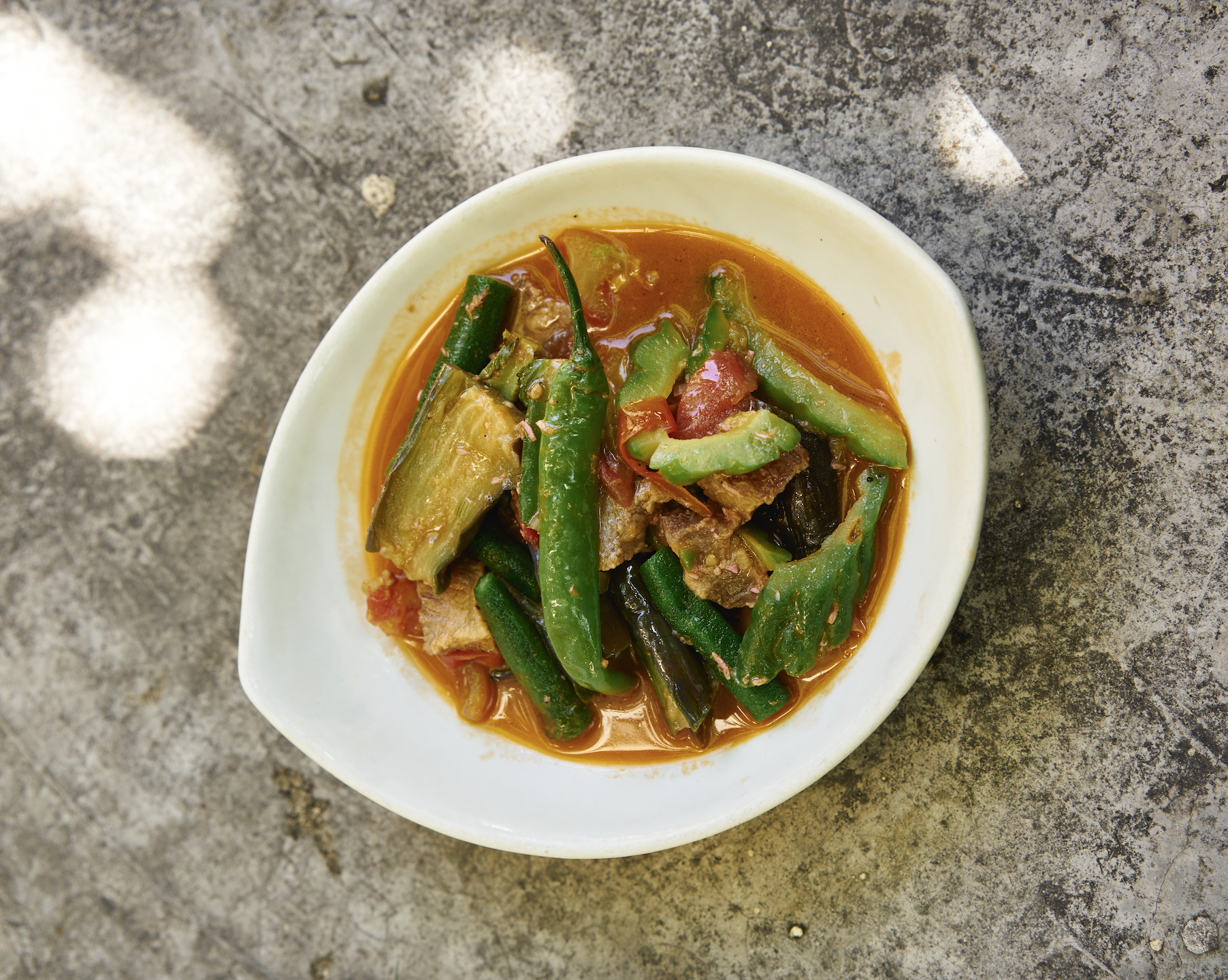
According to her, sinigang can be cooked anywhere in the world even without mixes, as long as you find fruit that can sour the broth. I was pleasantly surprised that stone fruits like apricots turn sour upon cooking. She also opined that one can cook Filipino cuisine using local ingredients from any country you are in. It’s a way of propagating the cuisine and culture of the mother country.
It took her close to two years to write the book, a pandemic project she said. Last year, she came to the Philippines to shoot photos in Pangasinan and at her family’s iconic restaurant Dagupeña. She tapped the help of food photographer Sonny Thakur who did an excellent job. Ann Marie styled the photos as well. Her concept was that the food should be enough, no added tricks to make them look good.
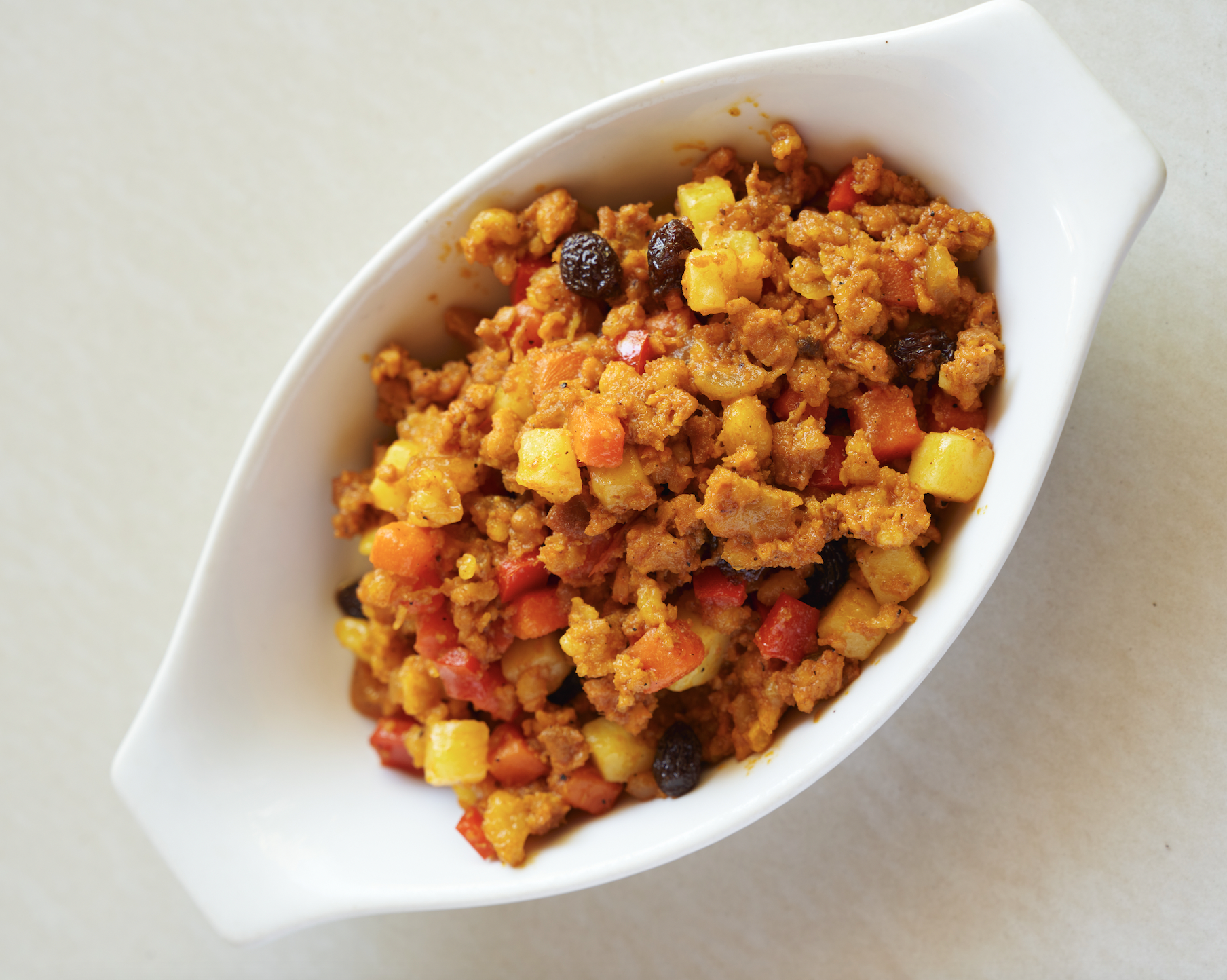
Asked why she wrote the book, she said her primary motivation was preserving the culinary culture of her family and transmitting it to her son and other diaspora children like him. I found that really comforting having sons of my own abroad. The Filipino thrives in any environment, in any country and the cuisine and culture of our country can live in the kitchens of the diaspora with the help of this treasure of a book.
—
Purchase the book by visiting the website https://www.100yearsrecipes.com
Visit the restaurant at:
Dagupeña Restaurant
Mac Arthur Highway, Calasiao, Pangasinan
+6375 522 2752

